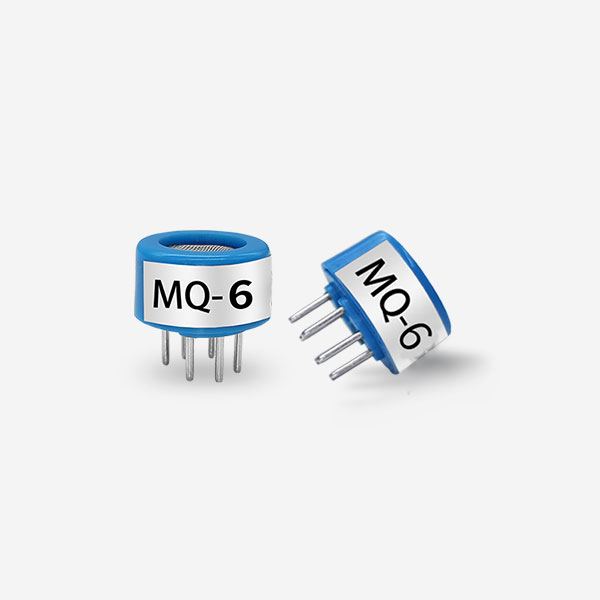At present, there are many methods and means of gas sensor monitoring gas, including electrochemical method, gas chromatography, thermal conductivity method, infrared absorption method, contact combustion method, semiconductor gas sensor detection method, optical fiber method and so on. However, from the scope of application, popularity and practicality of materials, the application of semiconductor gas sensors is undoubtedly occupied by half of the gas sensors.
What is a semiconductor gas sensor?
To understand specifically what is a semiconductor sensor, we should first know what is a semiconductor.

Semiconductor refers to a material with a conductivity between conductor and insulator at room temperature. Semiconductor applications in integrated circuits, consumer electronics, communication systems, photovoltaic power generation, lighting applications, high-power power conversion and other fields. For example, a diode is a device made of semiconductors. No matter from the point of view of science and technology or economic development, the importance of semiconductors is very great.
Two, the classification of semiconductor sensors
Semiconductor sensors include non-resistive gas sensors and resistive gas sensors.
1, non-resistive gas sensors mainly use some physical effects and device characteristics to detect gas, such as schottky diode voltammetric characteristics and metal oxide semiconductor field effect tube threshold voltage changes and other characteristics.
2, resistive gas sensor is to use its resistance changes to detect gas concentration. This kind of sensor has the advantages of high sensitivity, easy operation, small size, low cost, short response time and recovery time, etc. Most of the common semiconductor gas sensors on the market are resistive gas sensors.
Three, the working principle of semiconductor gas sensor
In a vacuum (when there is no external interference), there are many electrons inside the semiconductor material that can conduct electricity. When the semiconductor comes into contact with air, oxygen will absorb oxygen, which will capture and fix those electrons in the semiconductor. Let’s take methane as an example: When the semiconductor comes into contact with a gas like methane, the methane reacts with oxygen, freeing electrons captured by oxygen and returning to the semiconductor to improve its electrical conductivity. This is the process by which electrons are exchanged between oxygen and the semiconductor. When electrons are held in place by oxygen, the resistance of the semiconductor increases. When the methane reacts with oxygen and the electrons return to the semiconductor, the resistance of the semiconductor becomes low. The change in resistance correlates with the concentration of methane, and by measuring the change in semiconductor resistance, we know how much methane is present.
What materials are suitable for semiconductor gas sensors?
1. Easy access to raw materials;
2. It has good adsorption capacity for oxygen and target gas at low temperature, both have good chemical reaction capacity, and has good desorption capacity for reaction products at this temperature;
3. After forming with other auxiliary materials, it has good compatibility, chemical stability and suitable microdefect conductivity.
The common materials that meet this condition are tin dioxide, tungsten oxide, indium oxide, zinc metstannate and so on.
Future prospects of semiconductor gas sensors
In many gas sensor categories, semiconductor sensor is a very promising gas sensor. The reason is that its working principle and sensing process are extremely simple, that is, the gas information can be turned into an electrical signal only in one step; Secondly, the sensor carrier is stable; Moreover, it is cheaper to build. The above characteristics not only provide clear path and space for its evolution, but also provide economic feasibility for large-scale layout in the future.